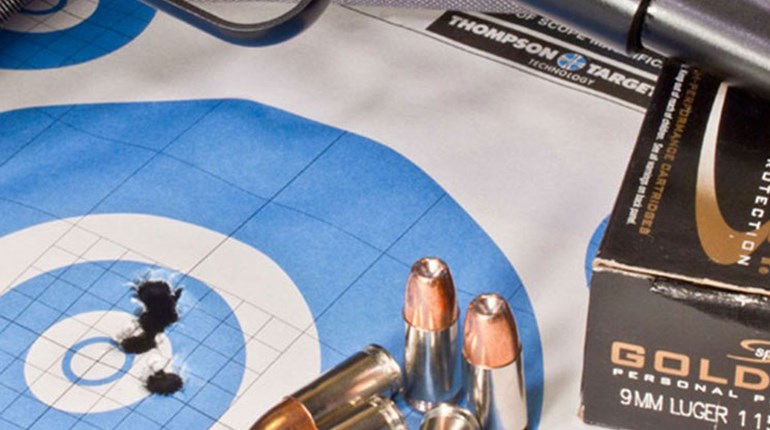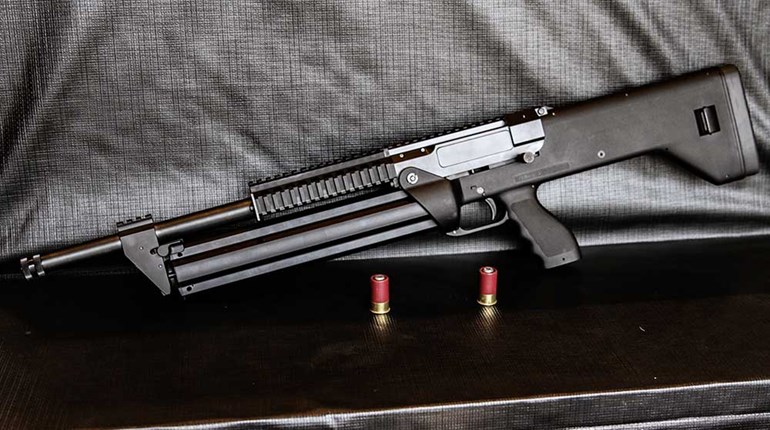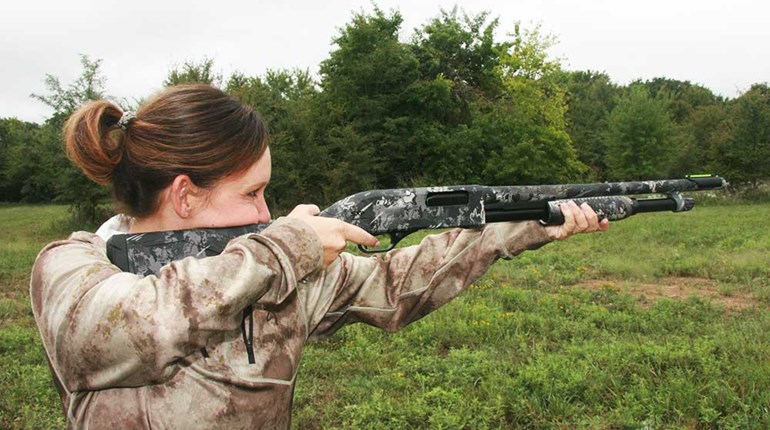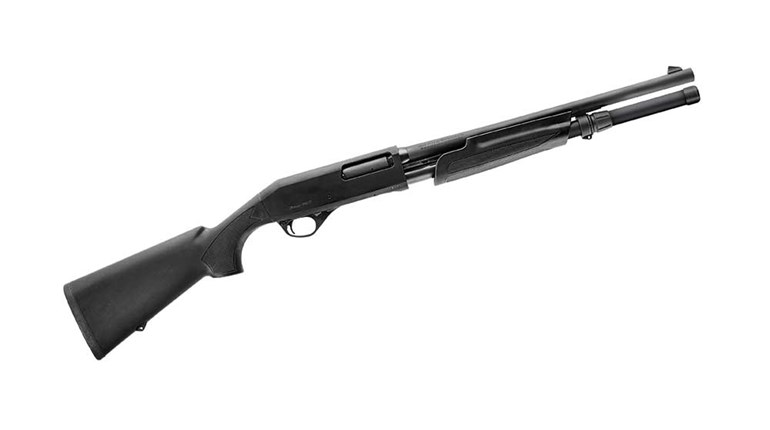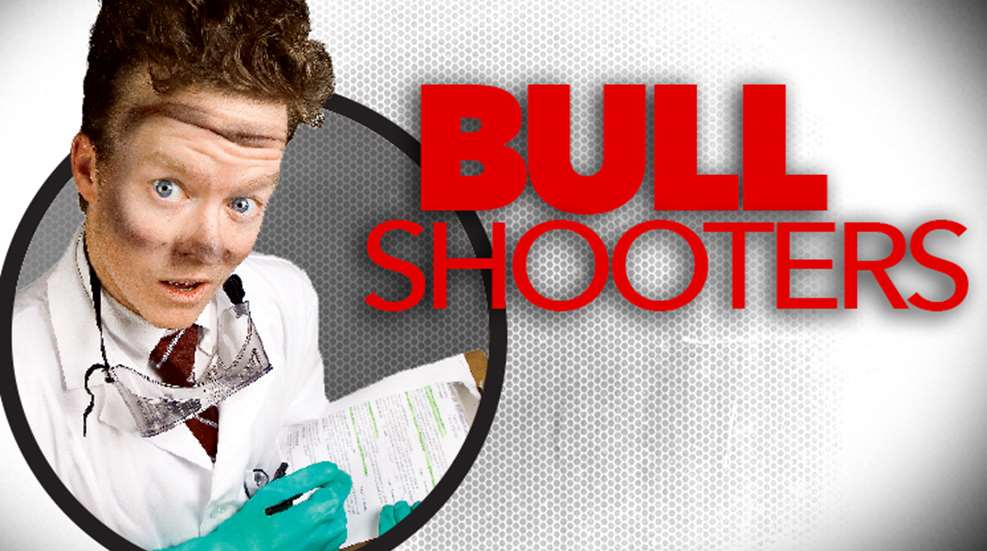
The Myth
Are Roof Prism binoculars are superior to Porro Prism Binos? You’ve probably seen most of the hunting shows and read the magazines, where most of the professional (and sponsored) hunters use top-quality roof prism binocular from such optical firms as Zeiss, Swarovski and Nikon. You’ve probably also seen your known cheapskate buddy Bob using an old, gigantic Porro prism bino (those that do not have two straight ocular barrels like roof prism binoculars) and quickly deduced that Bob’s is cheaper than Joe Professionals unit and therefore inferior. After all, we’ve been writing that “you get what you pay for in optics” for years, and certainly, on average, Porro prism binoculars are less expensive than roofs.
But I want to know if Porro prism optics really are inferior.
The Expert Deferral
I could go outside on a dark day and compare 50 sets of Porro prisms and 50 roof prisms, but you wouldn’t learn much. It’s best to consult the experts who know the engineering—and marketing—behind the rubber armor to best answer this question. There are few people more qualified on this topic than frequent American Hunter optics and gun writer, John Barsness. He’s been a hunter longer than most Indian tribes, and he’s literally written the books on optics for hunters. It’s called, “Optics for the Hunter.” For the answer to the Porro vs. roof prism question, I’ll draw heavily from Barsness’ book, rather than reinvent the wheel.
The Physics
Optics benefit from focal length. That’s why powerful telescopes and even riflescope are physically long. Generally the longer the better especially where high magnification is concerned. But a hunter can’t easily toss the Hubble telescope on a dashboard. Porro prisms (named after Italian inventor Ignazio Porro) have adequate focal length for sporting applications yet remain compact enough to easily hold in the hand. They do this by utilizing two glass prisms in each barrel to bend the image (light) from the target to the eye in a simple figure that resembles the letter z. All surfaces of the prisms are reflective, so they lose no light in the process. This prism configuration necessitates that each barrel be shaped like a dog leg to accommodate it, which makes them slightly bulkier.
A roof prismutilizes two glass prisms to bend light via a complex pattern (in order to make it compact) and split it into two halves, where it eventually flows back together before reaching the eye. To borrow one of Barsness’ analogies, think of it like a rock in the middle of a stream. Water flows toward it, splits at the rock, then flows together again. However, when it flows back together it does not perfectly meld (or “phase”) back in—instead it has ripples and aberrations. A special, costly and relatively new process called “phase correction” must be applied to roof prisms to ensure crisp images. Also, roof prism designs are much more complicated and require precision manufacturing techniques to build them well. Lastly, one surface of the roof prism is not 100-percent reflective, so anti-reflective coatings must be applied, but they can never have 100 percent light transmission. This is why roof prisms are inherently tougher to manufacture. It’s also why they are inherently more expensive than Porros.
The Short Answer
Generally an inexpensive Porro prism binocular is better than an inexpensive roof prism binocular.
The Obvious Question
So why, then, are roof prism binoculars so popular?
Because people like compact things they can most easily transport, roof prisms offer an inherently more compact ocular system. So, in their quests to build the perfect binocular, a couple decades ago top optics companies such as Zeiss focused their best engineering and technology into creating a compact roof prism binocular that would perform optically alongside the best Porros. Trouble is, these binoculars cost hundreds if not thousands of dollars to produce. So, for years, if you wanted a compact roof prism of best optical quality you had to shell out huge money.
Since then, computer manufacturing techniques and trade secrets have been passed to far eastern companies that can produce wonderful optics at a fraction of the cost of the German juggernauts. Plus, most of us want to be like Joe Pro rather than Bob Cheap-O. So we demanded decent roof prism binoculars. Fierce competition, along with updated manufacturing have driven prices down. Now you can get a good roof prism for about $400 bucks and up. But if they are cheaper than that, many times companies must skip important steps in the process—just to sell an expensive-looking binocular at a competitive price.
The Bottom Line on Binos
If a company put all its resources into a Porro prism binocular, it would be at least as good as a roof prism, if not better. But it would be bulkier. With components and labor efforts being equal, Porro prisms are superior. But like most things in life, the reality is all things aren’t equal. Companies do not put all their resources into Porros because the public wants compact roof prism binos. So, if you want the best bino available, pay a couple thousand dollars for the best quality roof prisms. But if you have less than about $400 to spend, look hard at a Porro prism binocular from a reputable company.












